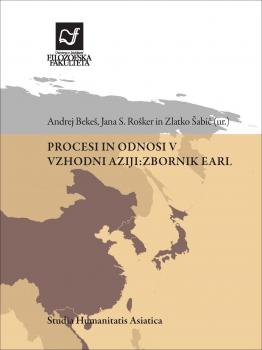With Su Kim
Emerging Civic Urbanisms in Asia: Hong Kong, Seoul, Singapore, and Taipei beyond Developmental Urbanization, pp. 196-94
Im Sik, Cho, Blaž Križnik, Jeffrey Hou (eds.)
Amsterdam University Press | Amsterdam | 2022 | ISBN 9789463728546
State and markets drove urban development in South Korea for decades, giving little voice to citizens. Recently, citizens have become increasingly engaged in shaping their living environment. While the enabling role of the state in expanding citizen participation is well acknowledged, the importance of community movements has been overlooked. The chapter explores community movements in Seoul and their relations with the state to better understand their contribution to the recent surge of civic urbanism in the city. Comparison of neighbourhood community building in Seoul shows that civic urbanism, while marginalized in the past, has re-emerged as an integral part of urban governance. The chapter also suggests that the growing institutionalization of civic urbanism can weaken its transformative potential to build inclusive and resilient neighbourhoods and cities.
Source: doi.org/10.5117/9789463728546.
Author’s copy is also available for download.

